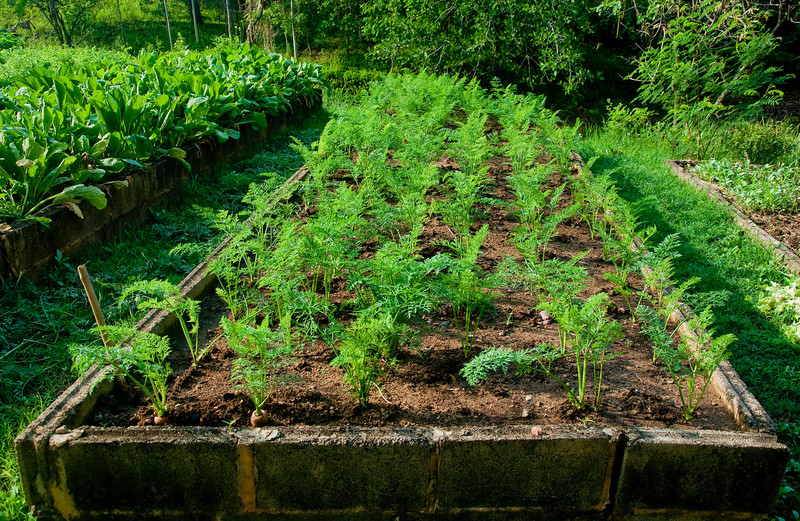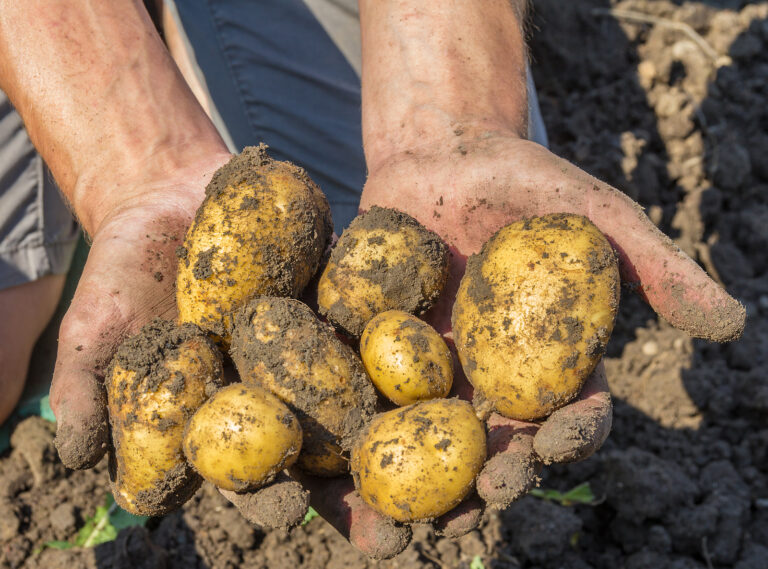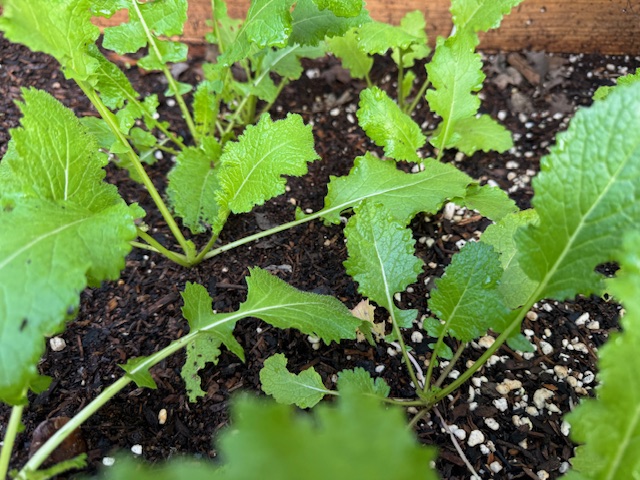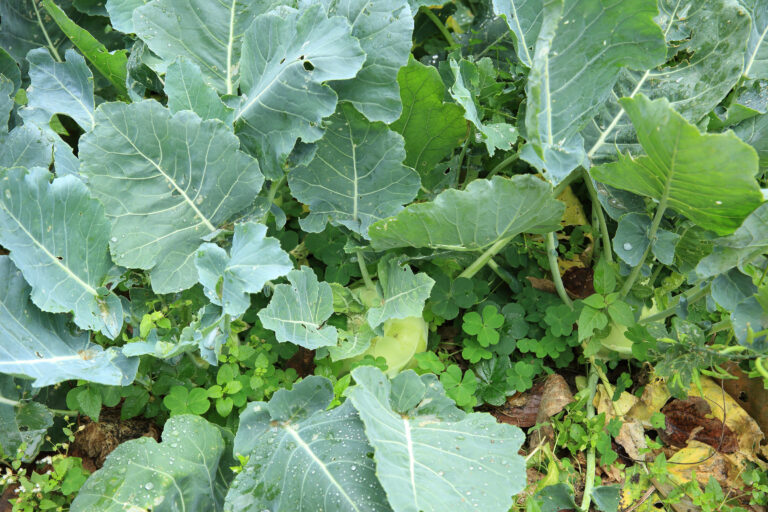How to Grow Carrots in Containers or Raised Beds
Carrots are one of the easiest root crops to grow in a home garden—especially when planted in containers or raised beds where soil conditions can be optimized. If your in-ground soil is heavy, rocky, or compacted, growing carrots above ground is the best way to ensure straight, smooth roots.
Why Raised Beds and Containers Are Ideal for Carrots
Carrots need light, loose, and deep soil to grow long and straight. Raised beds and containers give you control over the soil structure, drainage, and fertility—factors that are difficult to manage in native soil.
I’ve been growing carrots in raised beds for over 30 years and have trialed a variety of container types, soil mixes, and varieties. From my experience, container-grown carrots often outperform those grown in the ground, especially in regions with clay soil or irregular rainfall.

Best Containers and Raised Beds for Carrots
- Depth: Choose containers or beds that are at least 12 inches deep. For long varieties like ‘Danvers’ or ‘Imperator,’ aim for 16–18 inches.
- Width: Wider containers allow for more carrots, but make sure they’re easy to reach across for thinning and watering.
- Material: Food-safe plastic, glazed ceramic, wood, or fabric grow bags all work well.
- Drainage: Ensure your container has good drainage holes. Raised beds should be set on well-draining ground or gravel.
Soil for Containers and Raised Beds
Fill your bed or container with a loose, sandy loam that drains well and holds moisture. A mix I use and recommend:
- 1 part high-quality compost
- 1 part coconut coir or peat moss
- 1 part coarse sand or perlite
Avoid soil mixes with large wood chunks or clumps, which can obstruct carrot growth.
Sowing Carrots in Containers or Beds
- Direct seed only: Carrots don’t transplant well. Sow seeds ¼ inch deep and cover lightly with fine soil or compost.
- Spacing: Scatter seeds thinly or plant 1 inch apart. Once seedlings are 1–2 inches tall, thin to 2 inches apart.
- Succession planting: Sow a new container or row every 2–3 weeks for a steady supply.
Tip: I always cover newly sown carrot seeds with a board or piece of burlap to maintain consistent moisture during germination. After about 5–7 days, check daily and remove the cover once seedlings begin to emerge.
Watering and Fertilizing
Carrots need consistent moisture to avoid cracking or becoming woody:
- Water regularly to keep the top 6 inches of soil evenly moist.
- Use a low-nitrogen organic fertilizer once seedlings are 3 inches tall (such as 5-10-10). Too much nitrogen leads to lush tops but poor root development.
Light and Temperature
Carrots need full sun—at least 6 hours daily. If growing in hot summer climates, provide partial afternoon shade or grow a heat-tolerant variety.
Harvesting and Storing
Most carrots are ready 60–75 days after sowing. Tug gently or use a garden fork to lift them. Raised beds make harvest easier and cleaner than garden soil.
Store harvested carrots in the refrigerator in a plastic bag with the tops removed. Or keep them in the soil and harvest as needed during cool weather.
My Experience
I’ve tested dozens of carrot varieties over the years in both containers and raised beds, and I’ve found that early-maturing, blunt-tipped types like ‘Parisian’ or ‘Thumbelina’ do best in small containers, while ‘Nantes’ and ‘Chantenay’ perform beautifully in raised beds. The methods I’ve shared here come from decades of personal gardening in both temperate and warm zones—refined by season after season of hands-on experimentation.
By growing carrots in controlled environments like raised beds and containers, you’ll enjoy better germination, fewer pests, and sweeter, straighter roots. It’s a method I continue to rely on, year after year.
Carrot Growing Hub
The Ultimate Guide to Growing Carrots from Seed to Harvest
1. Getting Started (Site & Timing)
- Where to Plant Carrots for the Best Root Development
- When to Plant Carrots: Timing for Every Season
- Carrots Seed Starting Tips
- How to Plant and Grow Carrots in Winter
- Grow Carrots Anytime of the Year in Five Steps
- How to Grow Carrots in Containers or Raised Beds
2. Planting & Varieties
- How to Plant and Space Carrots for Optimal Growth
- Carrot Varieties by Type: Best Picks for Home Gardeners
- Orange, Yellow, Red, Purple, and White Carrots: How to Choose the Right One
- Carrot Companion Plants: What Grows Well Together
3. Growing & Care
- Caring for Carrots Throughout the Growing Season
- How to Water Carrots the Right Way
- Carrot Crop Rotation: What to Plant Before and After
- Carrot and Parsnip Growing Problems: Troubleshooting
4. Harvest, Storage & Use






